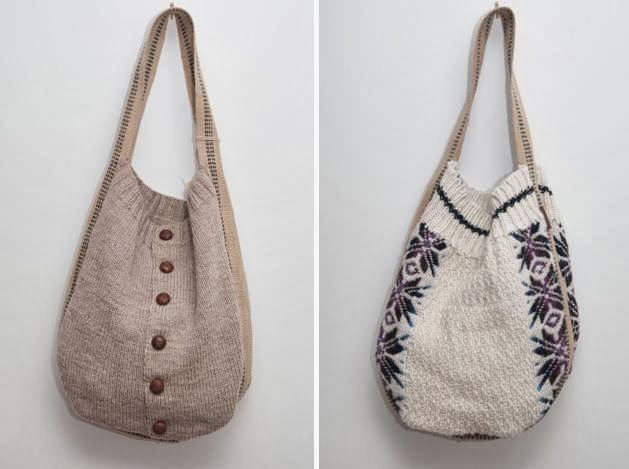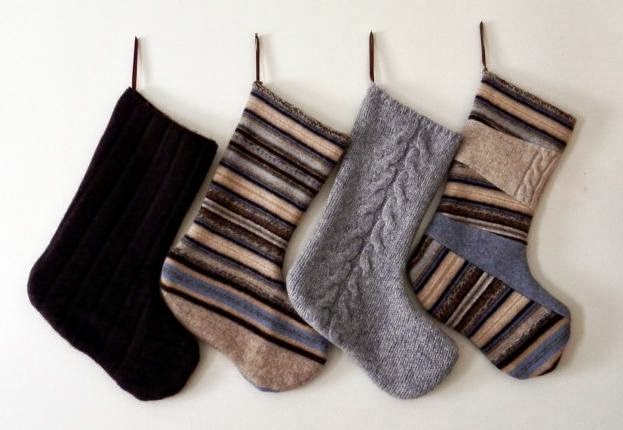Felted Wool Fabric
Finger Glove is a very light clothing item made of leather
which covers 40% of your hands, and which has no storage capacity. It barely
occupies any space, doesn't encumber you at all, and will keep the areas it
covers barely warm. It offers very low protection against bashing attacks and
very low protection against cutting ones (that includes bullets), while offering no protection from environmental
hazards. It has no extra particularities. Blankets were traditionally made of wool because of wool's
warmth, breath ability and natural fire-retardant properties, while sheets were
made of cotton or linen, which are less
irritating to the skin. Nowadays, synthetic fibers are frequently used for both. Throw blankets are
smaller blankets, often in decorative colors and patterns, that can be used for
extra warmth outside of bed. Blankets are sometimes used as comfort objects by small children. Socks help to absorb this sweat and
draw it to areas where air can evaporate the perspiration. In cold
environments, socks decrease the risk of frostbite. The clothing's
name is derived from the loose-fitting slipper, called a soccus in Latin, worn by Roman comic actors.
Wool has the most absorbent fibers of all
fabrics. Wool fabrics can absorb up to 30% of their weight without feeling
heavy or damp. Cotton fabrics begins to feel damp after 15% of their weight
gets wet. The absorbent fibers "breathe" by wicking away moisture
from the body and releasing it into the air. This quality makes wool fabrics
comfortable to wear in warm and cold weather. When wool fabrics are
dyed, the dye reaches to the core of the fiber and bonds permanently. Almost
any color and dye can be used.
Wool fabrics clean easily because dirt sits on the surface of
the fiber. The outside surface of the wool fiber consists of a series of
overlapping scales, similar to the feathers on a bird, making it easy to brush
off and for stains to lift out of it. Science has tried but, so far, has not succeeded in
producing a fiber with all of the qualities of the natural wool fiber. Wool fabric doesn't collect much static because of its
absorbent fibers. Static attracts lint, dirt, and dust.
Wool fabrics are naturally flame-retardant. Wool fiber that
is set on fire will extinguish itself when the flame is removed. That's why
safety guidelines recommend smothering a small fire with a wool blanket or
using a wool blanket for protection when escaping a larger fire. Wool
fabrics resist wrinkles. Wool has a natural crimp making it the most resilient
fiber. You can count on wool to keep its shape. Wool fabrics are easy to
sew.
Limitations
of Wool Fabrics
- Wool fabrics can be damaged by excessive and direct heat. Always use steam when pressing wool.
- The strong alkalis found in laundry soaps and detergents cause wool fibers to lose their soft luster; always use a mild detergent.
- Never put wool clothing in the dryer! The combination of heat, friction and pressure will cause shrinkage
- Moths find wool fabrics extremely tasty. They will eat through other types of fabric and sometimes even plastic to get to it.
- Never, never bleach wool fabrics! A small amount of bleach on wool will make its fibers stiff and yellow. Large amounts will dissolve the fiber.
Wool is a natural fiber, shorn primarily from
sheep as well as goats and llamas, that has long been used to create warm and
durable clothing and blankets. Modern uses of wool extend beyond winter attire,
as wool can be found in carpeting, insulation, felt and luxury suits.
Wool is different than fur: it has characteristic bends, or crimps, along the fiber, has the capacity to stretch when woven and grows in clusters known as staples. The crimps let the fibers bunch together, which results in a bulkier material that also acts as a superior insulator. Fine wool, such as Merino, may have dozens of crimps per inch, while rougher wools may only have a handful. Wool fabric has the unique ability to stretch much further than silk, cotton, or other natural fibers and regains its original shape after being stretched. It has an extremely high absorbency rate and is flame retardant, which makes it useful in firefighters' uniforms and carpeting in trains and airplanes. Wool also does not build up static cling; the fabric will not cling to the body or produce a spark. Wool is naturally absorbent, and can absorb almost 1/3 of its own weight.
Wool is different than fur: it has characteristic bends, or crimps, along the fiber, has the capacity to stretch when woven and grows in clusters known as staples. The crimps let the fibers bunch together, which results in a bulkier material that also acts as a superior insulator. Fine wool, such as Merino, may have dozens of crimps per inch, while rougher wools may only have a handful. Wool fabric has the unique ability to stretch much further than silk, cotton, or other natural fibers and regains its original shape after being stretched. It has an extremely high absorbency rate and is flame retardant, which makes it useful in firefighters' uniforms and carpeting in trains and airplanes. Wool also does not build up static cling; the fabric will not cling to the body or produce a spark. Wool is naturally absorbent, and can absorb almost 1/3 of its own weight.
 |
| Pendant Lamp and Sconce |
 |
| Cardigan Pendant Lampshade |
 |
| Finger Gloves |
 |
| Market Totes |
 |
| Quick and Easy Coffee Cozy |
 |
| Smartphone Case |
 |
| Sweater Patch Blanket |
 |
| Wool Stockings |

0 comments:
Post a Comment